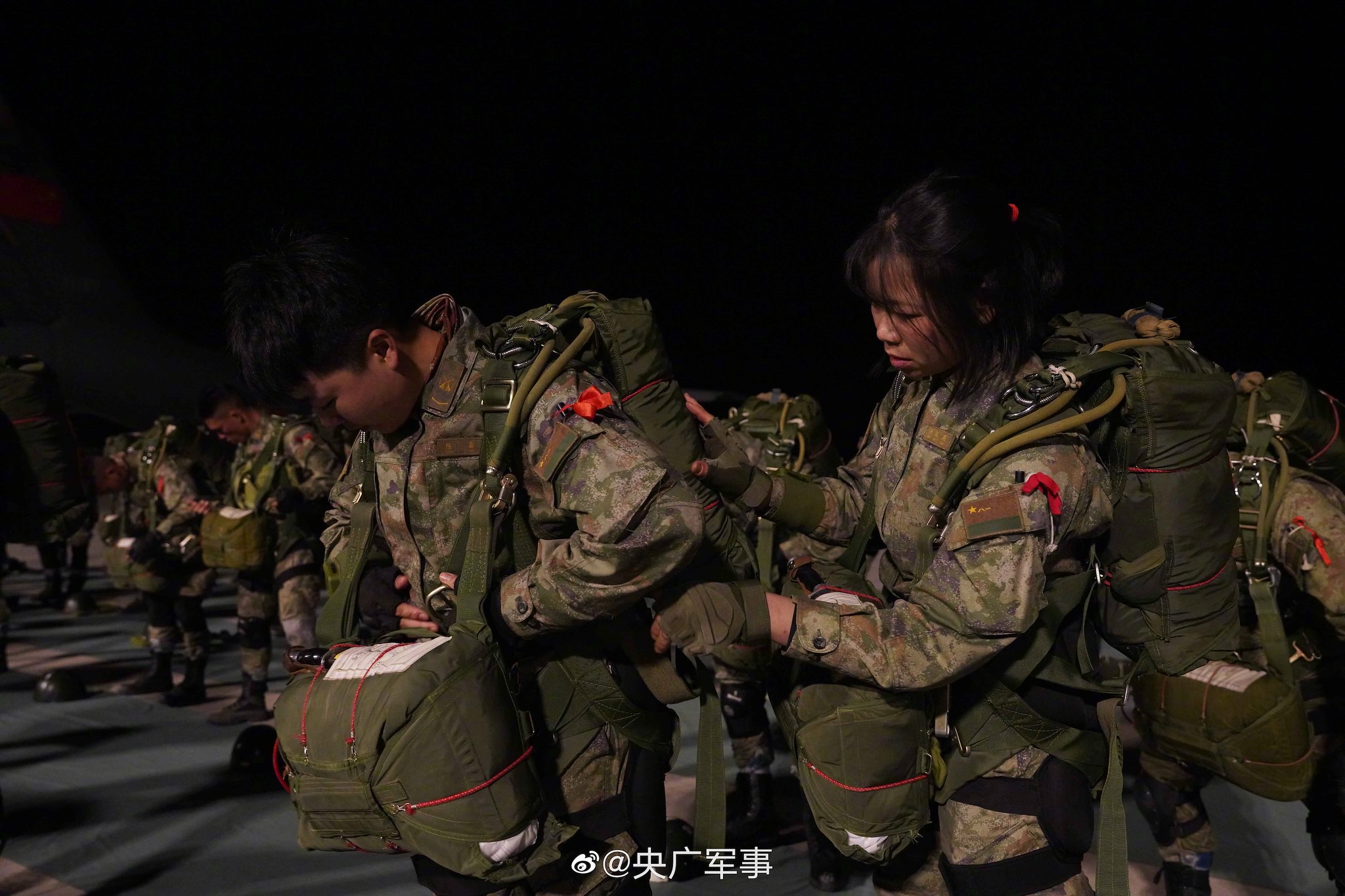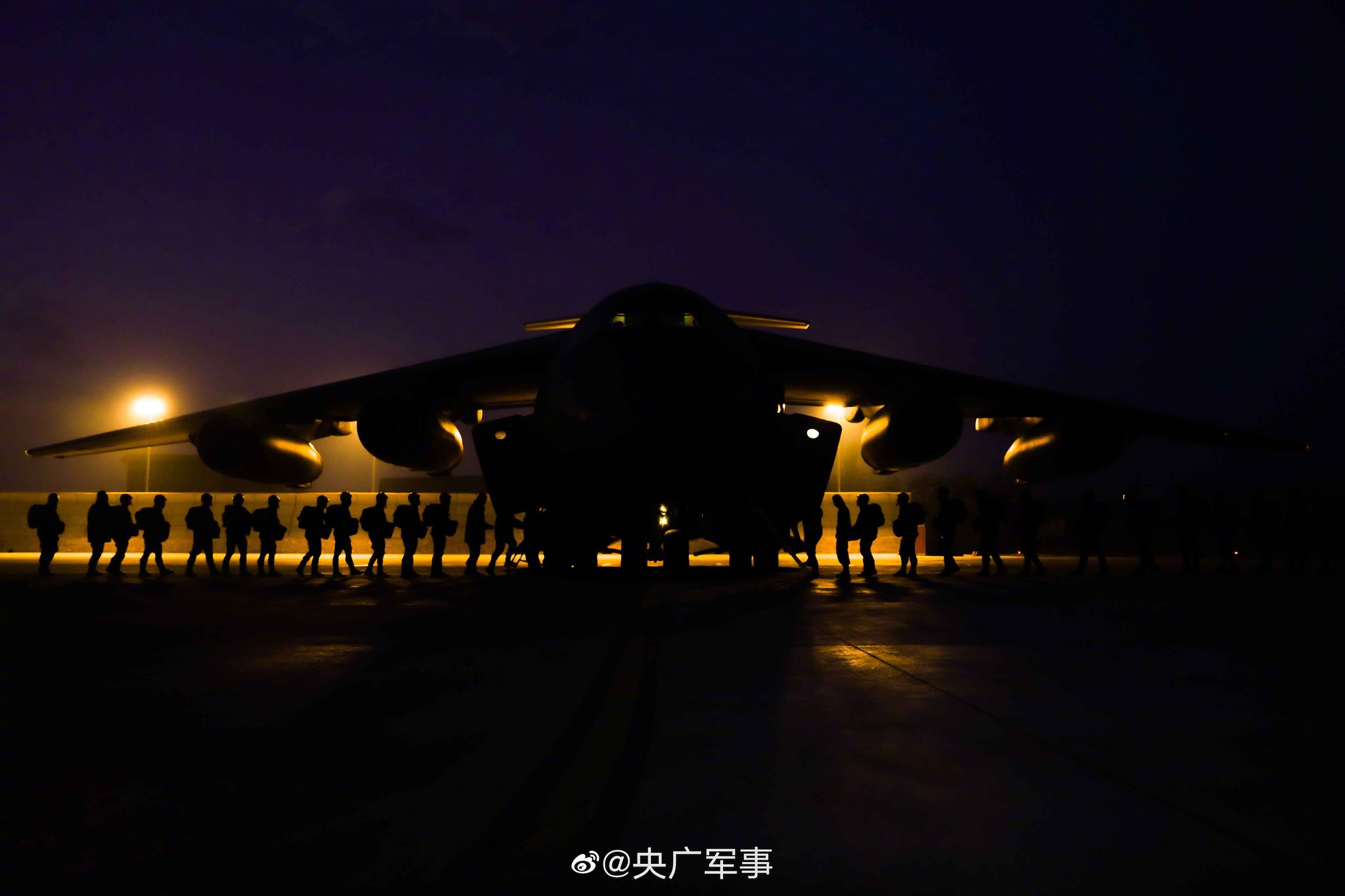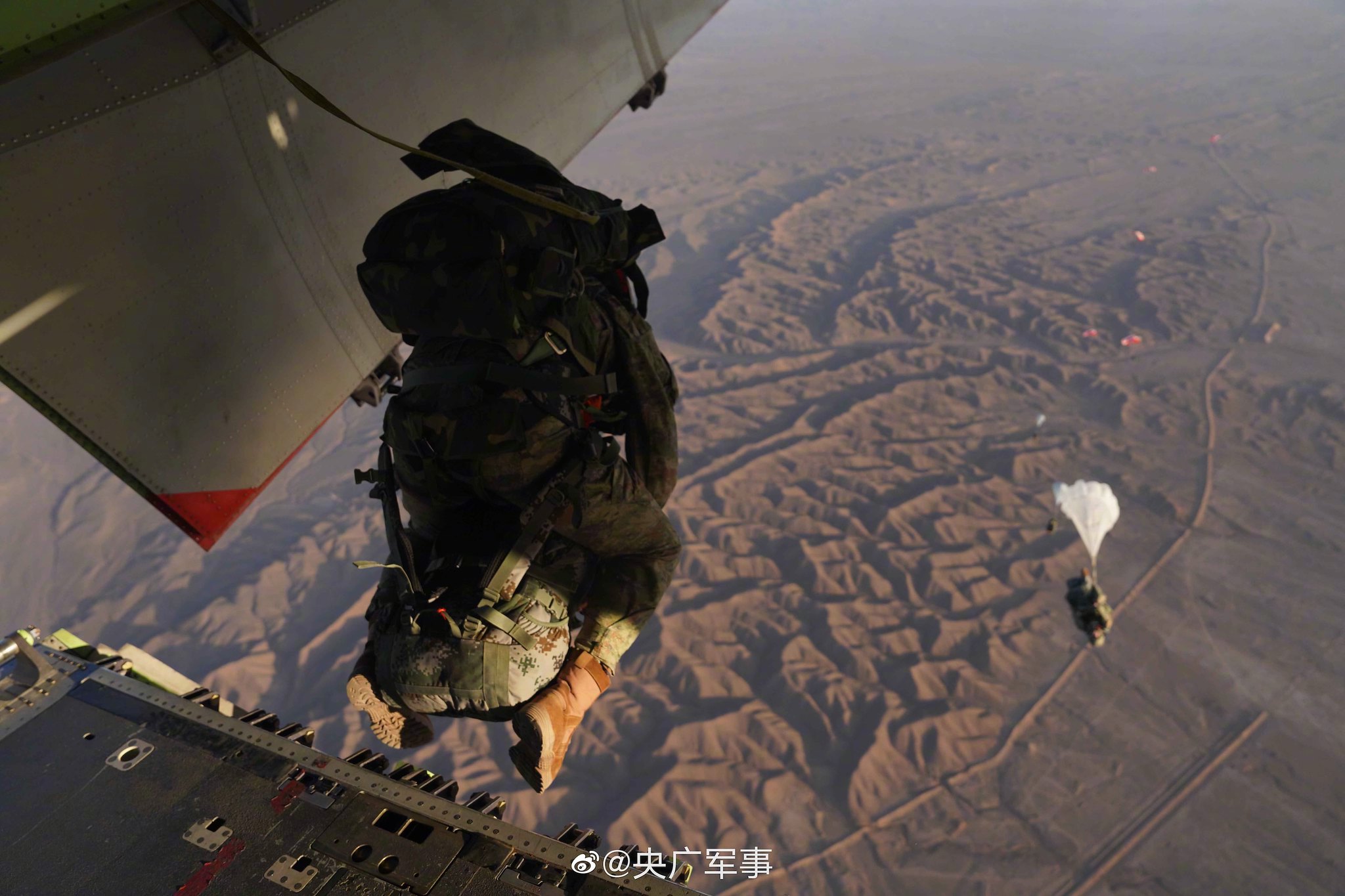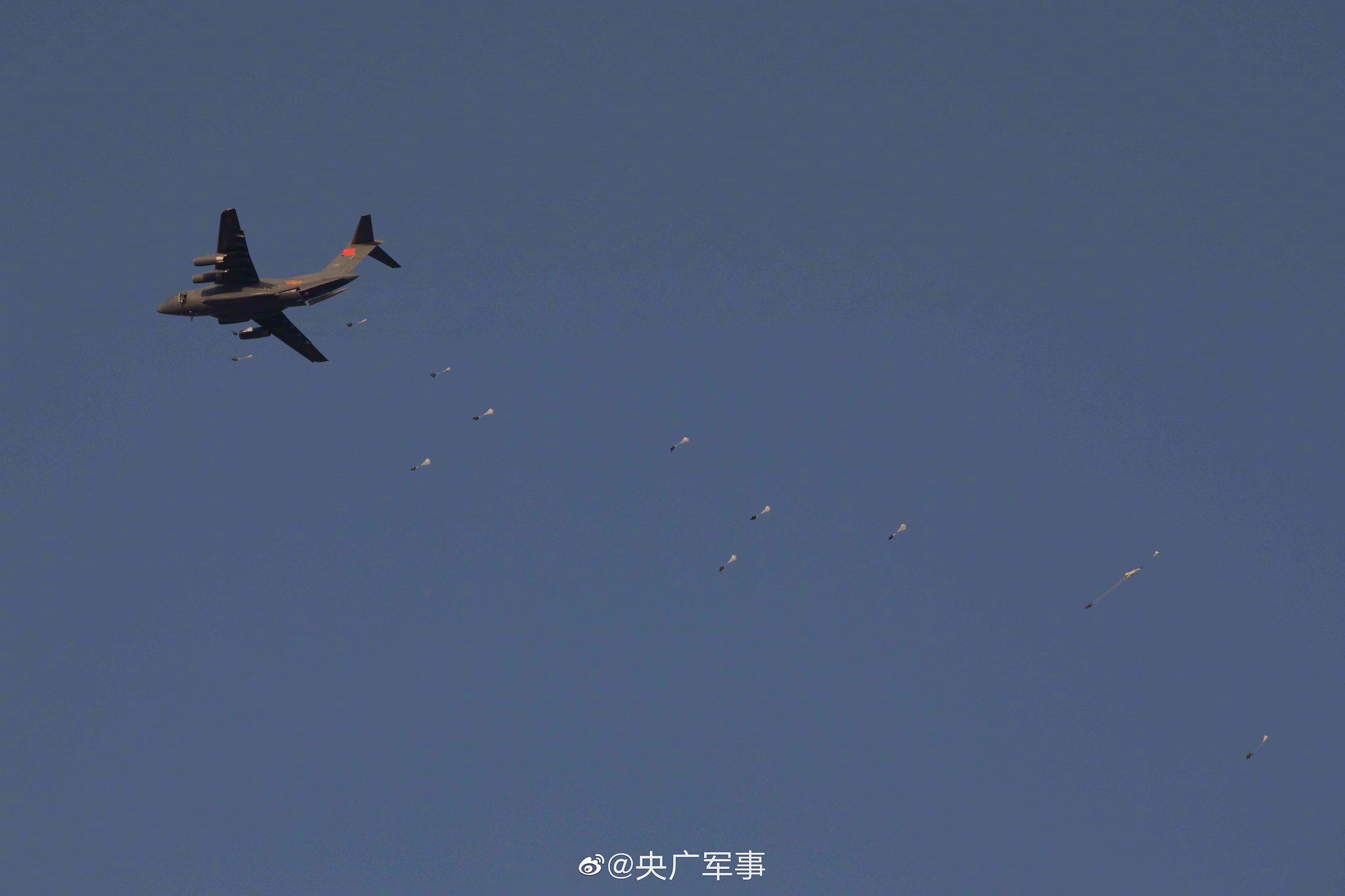That is why I advocate that a C-5 class should still be developed but should only be operated commercially in peacetime to offset the massive maintenance and operational costs while allowing the aviation industry to build experience in developing a complex heavy lifter.
There are concerns that the planes might be all chartered out during a war scenario but nothing an agreement between the operator and PLAAF can't solve that mandates the retention of a minimum number of aircraft within China in exchange of a loss of commercial profits that will be restituted by the PLAAF in order to maintain the heavy lift capability.
There are concerns that the planes might be all chartered out during a war scenario but nothing an agreement between the operator and PLAAF can't solve that mandates the retention of a minimum number of aircraft within China in exchange of a loss of commercial profits that will be restituted by the PLAAF in order to maintain the heavy lift capability.





